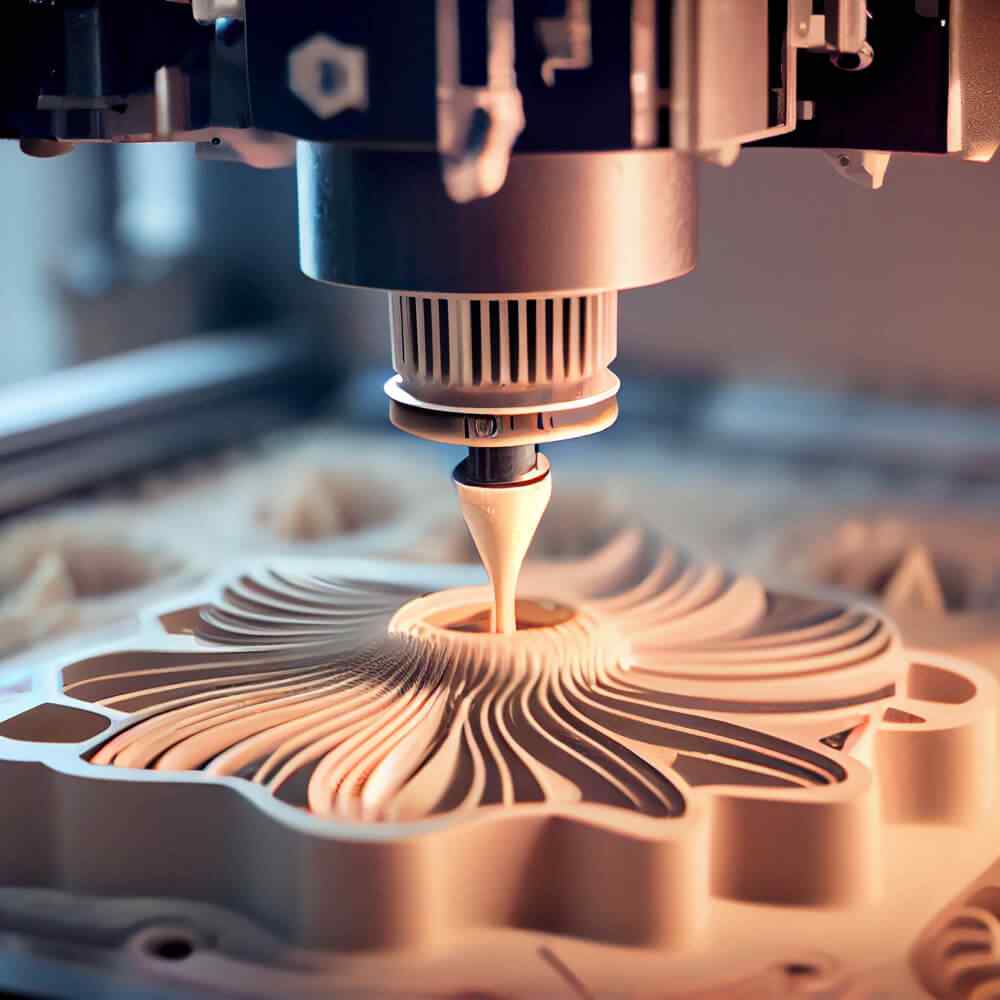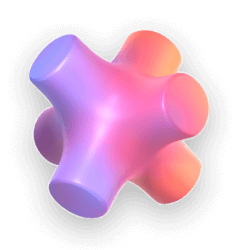Rapid and Reliable Damage Analysis with AI: Innovations in Vehicle Damage Assessment

In the automotive industry, assessing vehicle damage accurately and efficiently is crucial for maintaining high standards of customer service and operational efficiency. Traditional methods of damage inspection, which often involve manual assessments, are time-consuming and prone to human error. However, the advent of Artificial Intelligence (AI) in damage inspection has revolutionized this process. AI-driven automated damage inspection systems are transforming the way businesses handle vehicle assessments by improving accuracy, reducing inspection times, and enhancing customer satisfaction. This comprehensive article explores the integration of AI in vehicle damage assessment, examining how these technologies are being implemented, their benefits, the challenges involved, and future prospects.

Introduction to AI-Driven Automated Damage Inspection
AI-driven automated damage inspection utilizes advanced technologies, including machine learning, computer vision, and data analytics, to assess vehicle damage. These systems can automatically identify types of damage, assess severity, and suggest necessary repairs more quickly and accurately than traditional methods. The integration of AI into damage inspection processes is particularly beneficial in sectors such as automotive sales, rental services, insurance claims, and body shops.

Applications of AI in Vehicle Damage AssessmentStreamlined Claims Processing
In the insurance industry, AI-powered damage inspection can significantly speed up claim processing by providing rapid and accurate damage assessments. This reduces downtime for customers and accelerates the settlement process.
Challenges in Implementing AI-Driven Damage InspectionHigh Initial Investment
The cost of implementing AI-driven inspection systems can be significant, involving expenses for high-quality sensors, advanced software, and integration into existing systems.








